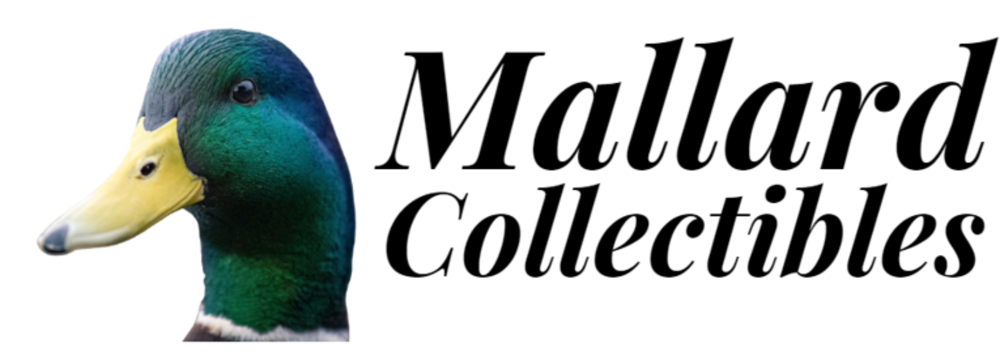As autumn nights grow longer and Halloween approaches, there's something spellbinding about reflecting on how America has celebrated this holiday across generations. But what do numismatics and Halloween have in common? Quite a bit, actually. Enter the 1860 George Lovett Miller brass token, a collectible that invites us to peer back into the American psyche when folklore, hobbies, and emerging traditions were weaving together.
A Witch's Hobby and Ours: The Obverse Side
The obverse side of Miller's token depicts a witch on a broom, accompanied by the phrase “We All Have Our Hobbies.” This bit of humor shines a light on America’s fascination with witchcraft and other “hobbies” that felt slightly rebellious or taboo. By the 19th century, the witch had already transformed from the terrifying, hunted figure of Puritan days to a symbol of whimsical, supernatural fascination—a cultural shift born of burgeoning interest in both Halloween and all things “curious.” For Lovett to put her on a token was both bold and lighthearted, reflective of a society that was beginning to embrace Halloween as a night for folklore and fun.
But let’s not forget: witch trials were still a raw memory for some New England families. This wasn’t just Halloween—it was a reflection of America’s complex relationship with the supernatural. The witch on the token is playful but evokes deeper themes about the freedoms Americans were coming to appreciate, not just in religion but in expression.
For Collectors and Connoisseurs: The Reverse Side
On the reverse, the token is “Dedicated to Coin and Medal Collectors,” marking it as a cherished piece in the history of numismatics. Coin collecting was in its golden age, and tokens like Miller’s were at the heart of a thriving community. In 1860, tokens served as more than currency; they were a way to celebrate craft, hobbies, and ideals in an era when American identity was still forming. For collectors, this was their passion—a hobby that resonated through the shared experience of holding history in their hands, bridging past with present.
Halloween Then and Now: A Cultural Evolution
Halloween in 1860 was a whisper of what it is today. It was still very much a folk celebration rooted in traditions carried over by European immigrants, with Scottish and Irish customs like “guising” and candle-lit turnips giving a foretaste of the Jack-o'-lantern tradition. By the time Lovett minted his witch token, Halloween was becoming a cultural phenomenon, not quite the “candy parade” it is today, but an evening of mischief and supernatural wonder, especially for children and youth.
Lovett’s token stands as a bridge between the Halloween of old—steeped in European superstition—and the modern American holiday, which blends folklore with playful festivities. Today, we see Halloween through a commercial lens, complete with costumes, haunted houses, and horror movies, but the spirit of Halloween remains the same: a chance to explore the mysterious, to revel in the night, and to embrace a hobby that connects us to our past.
Tokens, Hobbies, and Halloween’s Magic
The 1860 witch token, with its phrase “We All Have Our Hobbies,” speaks to the heart of what Halloween and numismatics offer: a shared ritual of passion, curiosity, and exploration. Much like Halloween lets us embrace mystery and transformation, collecting tokens lets us hold a piece of history, a slice of time, in our hands. And for those who seek it, numismatics can be a portal into the unknown—just like Halloween, where every token has its own story, each coin its own spell.
This Halloween, may we all revel in our hobbies, be they witchy or worldly, and feel the magic that Lovett encapsulated in his brass token all those years ago.

